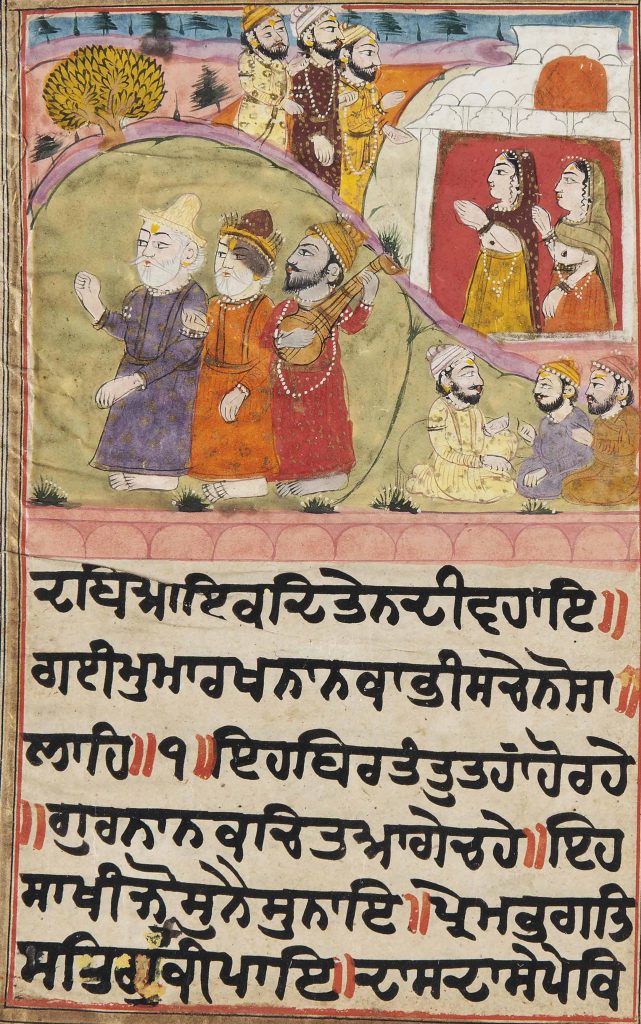ADI SAKHIAN (adi = first; sakhian, plural of sakhi = anecdotes, stories, discourses, parables) is one of the early compilations but not the first of the extant janam sakhi traditions to evolve. The manuscript, dated 1758 Bk/ AD 1701, and copied by Shambhu Nath Brahman was first located by Dr Mohan Singh Diwana. While teaching at Panjab University, Lahore, prior to the partition of India in 1947, Mohan Singh Diwana discovered in the University`s library a janam sakhi manuscript which differed from other extant Janam sakhis and bore an earlier date. Dr Diwana believed it to be a version of the earliest of all janam sakhi traditions and bestowed on it the name Adi Sakhian.
BIBEKBARDHI, (bibek= discrimination or discipline, bard/if = ocean; by implication, "guide to Sikh religious practice") is a collection of rahit namas or codes of conduct compiled in AD 1877 by Pandit Bhagvan Singh, a Brahman who converted to Sikhism under the influence of Baba Sumer Singh, celebrated high priest of Takht Sri Patna Sahib. The work has never been published and the manuscript, believed to be written in the compiler`s own hand, is preserved at the Dr Balbir Singh Sahitya Kendra at Dehra Dun. The manuscript comprises 140 sheets, written on both sides, of plain handmade paper of approximately foolscap size. Paper, obviously procured at different times, ranges in colour from off white to light cream.
Delve into the rare anecdotes of Guru Nanak's life in the B40 Janam Sakhi manuscript with unique narratives and 57 illustrations.



